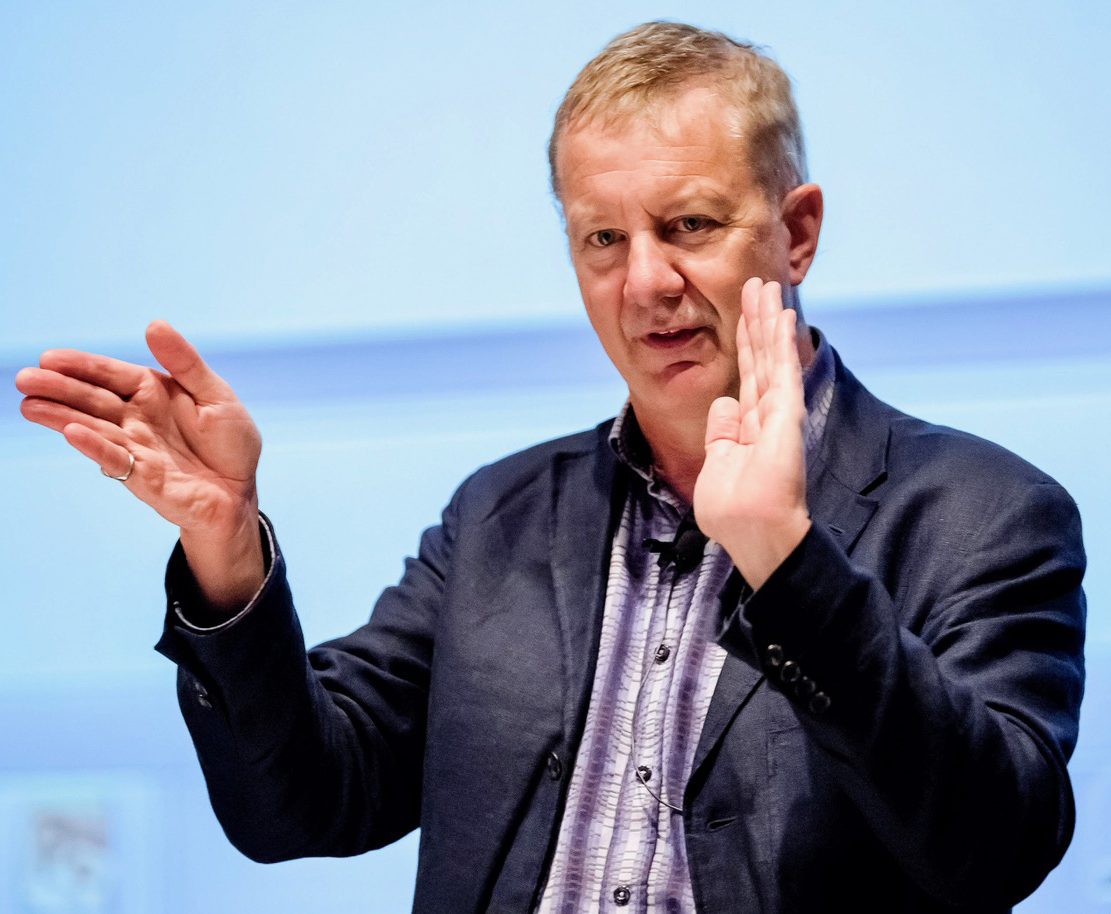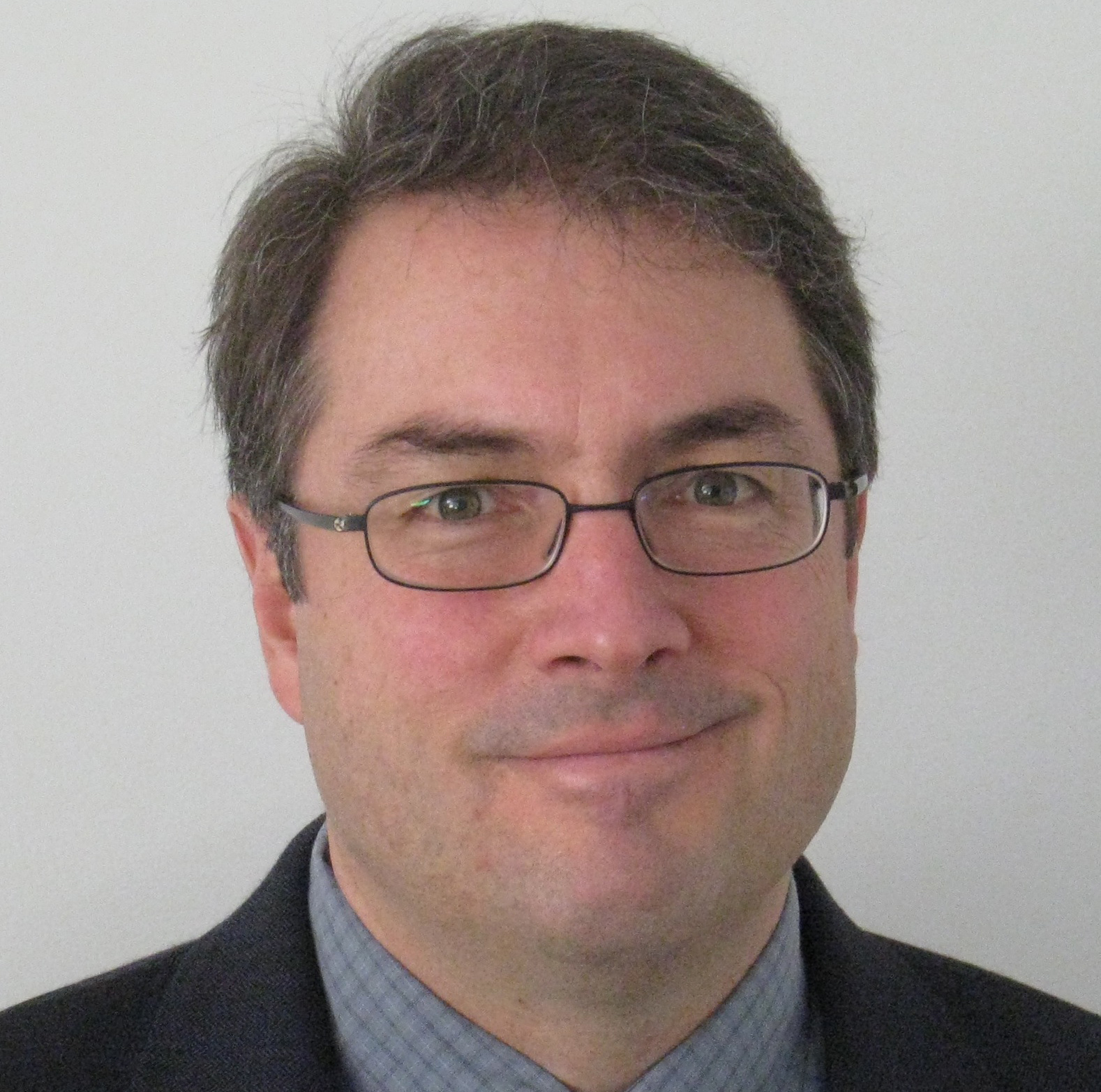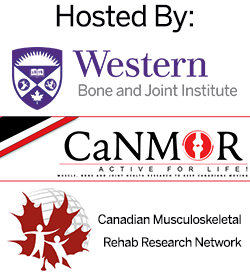Plenary Session: Inflammation & Autoimmune Diseases
Session Chairs: Antoine Dufour, TBA
Session Description:Thursd April 21, 2022 |

Thursday April 21, 2022
|
Dr. Christopher Overall - University of British Columbia |
"Control of ECM homeostasis health and inflammatory disease by MMP cleavage of non-Matrix substrates" |
|
|
Bio: Dr. Overall is a Professor and Tier 1 Canada Research Chair in Proteinase Proteomics and Systems Biology at the University of British Columbia, Centre for Blood Research. Dr. Overall was awarded the Institute of Musculoskeletal Health and Arthritis CIHR Award as 2002 CIHR Scientist of the Year, the UBC Killam Senior Researcher Award (Science) 2005, Chair of the 2003 Matrix Metalloproteinase Gordon Research Conference and the 2010 Protease Gordon Research Conference. He was elected to the HUPO Council and to the Executive Committee of the Chromosome–Centric Human proteome Project (CHPP) in 2014. With over 15,571 citations for his 227 papers (since 2000 his papers have been cited >11,454 times) and with an h factor of 65 he is a highly influential scientist in the field. Professor Overall is also the pioneer of degradomics, a term he coined. With 23 Nature Review, Nature Journal, Cell Journal, Science and Science Signaling papers he is a leader in the field, which was recently recognized by the International Society of Proteolysis with a Lifetime Achievement Award in 2011; by the Matrix Biology Society of Australia and New Zealand with the 2012 Barry Preston Award; in 2013 by the IADR Distinguished Scientist Award for Research in Oral Biology; and in 2014 by the Tony Pawson Canadian National Proteomics Network Award for Outstanding Contribution and Leadership to the Canadian Proteomics Community. He is an Associate Editor of the Journal of Proteomics and on the Editorial Boards of the Journal of Molecular Cellular Proteomics and Biological Chemistry and the Advisory Committee of the International Union of Basic and Clinical Pharmacology. |

Thursday April 21, 2022
1:45 - 2:15 pm EDT |
Dr. Carl Blobel - HSS/Weill Cornell Medicine, New York |
"The emerging role of iRhom2 and ADAM17 biology in inflammatory disease"Abstract: The cell surface metalloprotease ADAM17 (a disintegrin and metalloprotease 17) has a crucial role in regulating several major medically relevant signaling pathways, including TNFa and IL-6R signaling, both established targets for treatment of autoimmune diseases, and EGF-receptor signaling, which is important for normal development and adult homeostasis, but can also promote cancer and autoimmune disease. ADAM17 is controlled by its essential partners, the seven membrane-spanning inactive Rhomboid proteins iRhom1 and 2. Together with the iRhoms, ADAM17 acts as a set of signaling scissors that cleave and release membrane proteins from cells. Dysregulation of iRhom/ADAM17 signaling can cause Rheumatoid Arthritis (RA), Systemic Lupus Erythematosis-Glomerulonephritis (SLE-GN), inflammatory bowel disease (IBD) and other diseases such as neuroinflammation. The presentation will summarize key findings related to biochemical and function studies on the iRhoms and ADAM17 and will provide an update on our efforts together with the biotech startup SciRhom to develop antibodies against iRhom2 for treatment of autoimmune diseases such as RA, IBD and SLE-GN. |
|
|
BIO: Carl Blobel obtained his MD degree from the Justus-Liebig University in Giessen, Germany, and a PhD in Biochemistry and Biophysics from UCSF. He is currently a Senior Scientist and Program Director of the Arthritis and Tissue Degeneration Program at the Hospital for Special Surgery, where he holds the Virginia F. and William R. Salomon Chair in Musculoskeletal Research. He is also Professor of Medicine and of Physiology, Biophysics and Systems Biology at Weill Cornell Medicine. |
|
Virtual Posters for the following talks will be made available online |
|
| Zachary Koudys | “Autoradiographic Measurement of [18F]FEPPA Uptake in Knee Synovial Tissue” |
| Sofya Ulanova | “T Cell Reponses to Homocitrulline in a Mouse Model Of Rheumatoid Arthritis” |
| Kabriya Thavaratnam | “Single nuclei RNA-sequencing identifies cell populations in OA synovium” |


